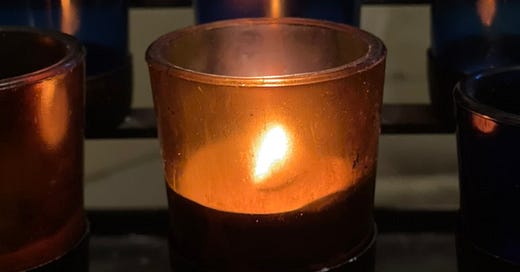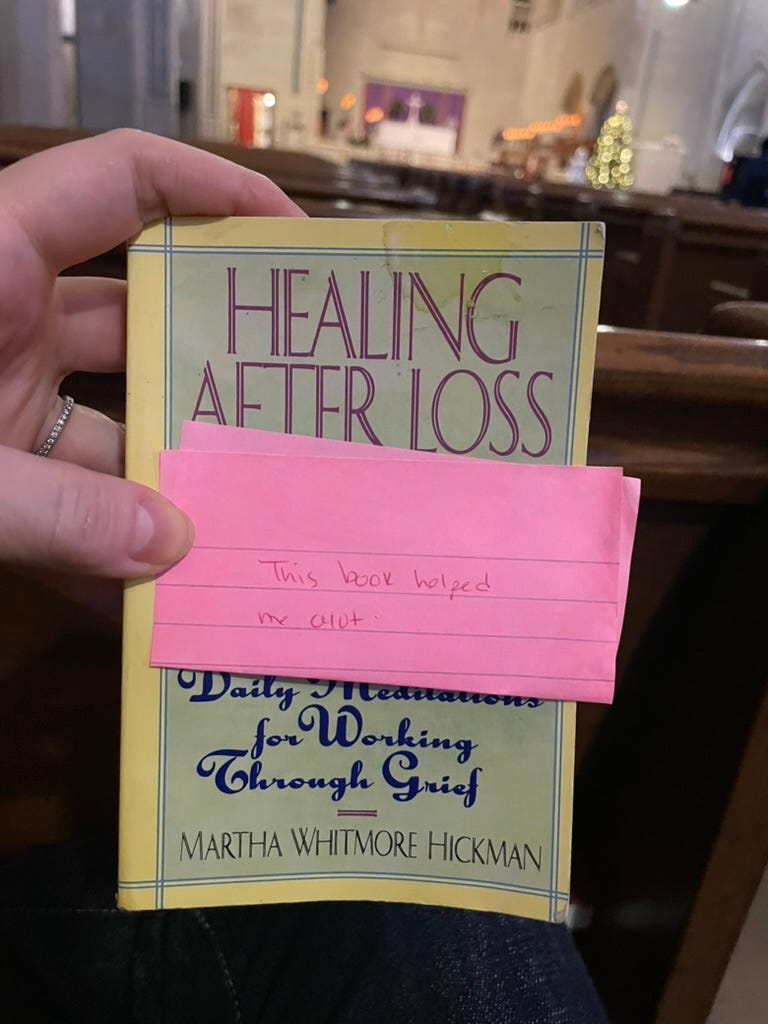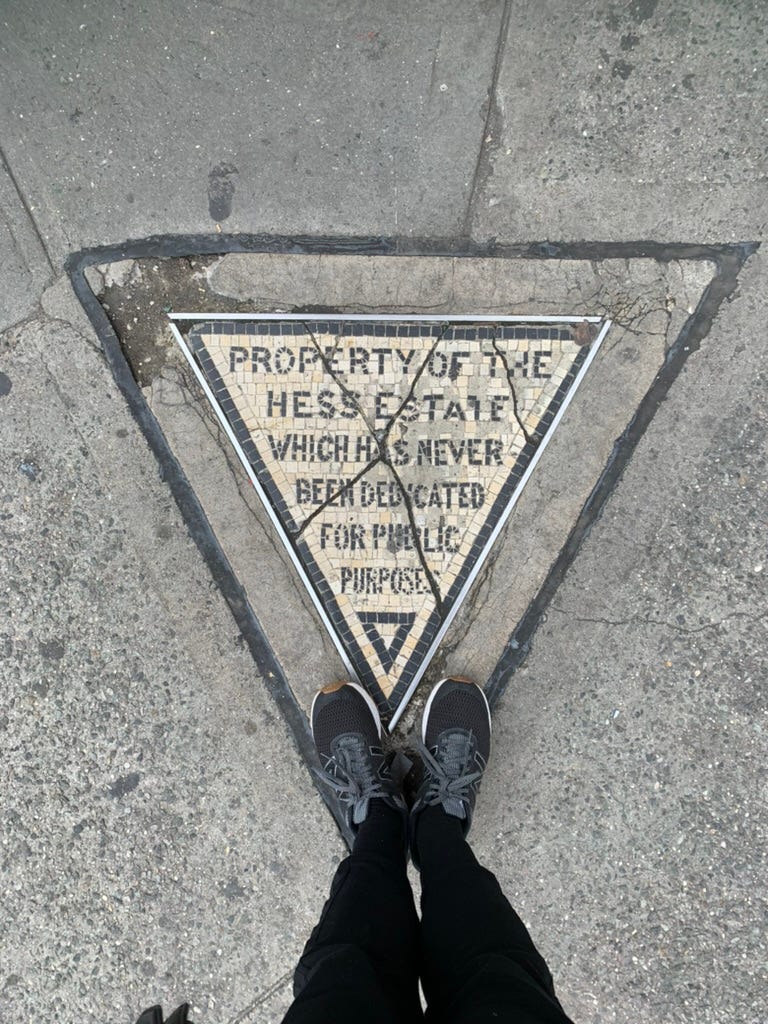Finding Comfort in Unexpected Places: A Holiday Reflection on Grief
The firsts are the worst but the intensity of loss softens over time.
Earlier this week, I found myself with a few spare minutes before a meeting. Following an instinct I've developed over the years, I stepped into a church, the Church of the Heavenly Rest, on Fifth Avenue and East 90th Street. I find churches to be sanctuaries of peace amid the chaos of the city. Sitting in a pew for a few moments can often be the reset I need in my day.
These quiet spaces have also become part of my ritual of remembrance. If there are votives, I slide some money into the donation box and light one for Christopher and Avellina, the babies we lost. It's a small gesture that helps me feel connected to them. I later learned this particular church was established after the Civil War as a tribute to fallen soldiers—that seemed fitting.
Moving through the church's quiet interior, I noticed a "take one, leave one" bookshelf. A title caught my eye: Healing After Loss. Inside, I found something unexpected—a note from a previous reader that read, "This book helped me a lot." I imagined the person who wrote that note, someone who had walked through their own valley of grief and wanted to extend a helping hand to others.
The holidays are particularly challenging for those carrying the weight of loss. Like a birthday, each gathering becomes a marker of time—another year lived without someone who made our world more meaningful. Their absence feels more acute against twinkling lights and festive music.
Society often pressures us to embrace holiday cheer without acknowledging that, for many, this season brings a complex mix of emotions. But here's something to remember: the intensity of grief is a testament to the depth of our love.
Inspired by that anonymous note, I decided to post the book on my local Buy Nothing group. Within minutes, messages began pouring in—each one a window into different forms of grief carried by neighbors I'd never met. A daughter whose father had passed away this year, seeking comfort for her mother. A woman whose young nephew had just lost his battle with brain cancer. A wife watching her husband slip away to a terminal illness, trying to find strength as she loses "a little piece of him every day."
The immediacy and volume of responses struck me deeply. Grief is always beneath the surface, waiting for a safe space to be acknowledged. I messaged the first person who reached out to coordinate a time to deliver the book to her. When we met, our conversation evolved into something beautiful—a discussion about serendipity (she had logged into the group at precisely the right moment), about the challenge of supporting loved ones through grief when you haven't 'walked in their shoes,' and about the unexpected connections that can form between strangers over shared experiences of loss. These shared experiences can form powerful connections, reminding us that we are not alone in our grief.

To those experiencing acute grief this holiday season: while the pain never completely disappears, it does soften with time. Like waves on a shore, it ebbs and flows but gradually becomes more manageable.
Sometimes, the most profound healing moments come from unexpected encounters—a chance visit to a church, a borrowed book, a left-behind note, or a moment of connection with a stranger. They remind us that even in our grief, we're not alone. Others have walked this path before us, and some have left small beacons of hope.
If you found this reflection meaningful, please share it with someone who might need these words during the holiday season
Words of the Week
“It’s always better to light a candle than to curse the darkness.” — From a fortune cookie
Photo of the Week
This tiny triangular mural is embedded in the sidewalk on 7th Avenue and Christopher Street. It was installed by the heirs of David Hess, a landlord from Philadelphia who owned a five-story apartment building on this site. In the late 1910s, the city seized the building, claiming eminent domain to expand the subway. City surveyors missed this small sliver of land in their survey, and the Hess estate installed this as a notice of possession, a clear assertion of their ownership rights, and an ongoing reminder of constant change in the big city.
Wishing you all holidays filled with love and gratitude. Thank you for being here—I appreciate your engagement and support.











Lia, I do the same thing. Stop in a church -- there are so many beautiful ones in NYC -- when I have extra time. I find the contrast of the quiet solitude of the church against the hustling bustle of the city to be soothing. It's amazing that they can both exist in the same space.
That you found a note that became a touchstone for emotion makes your church visit even more extraordinary.
Beautiful post. Thank you xxx